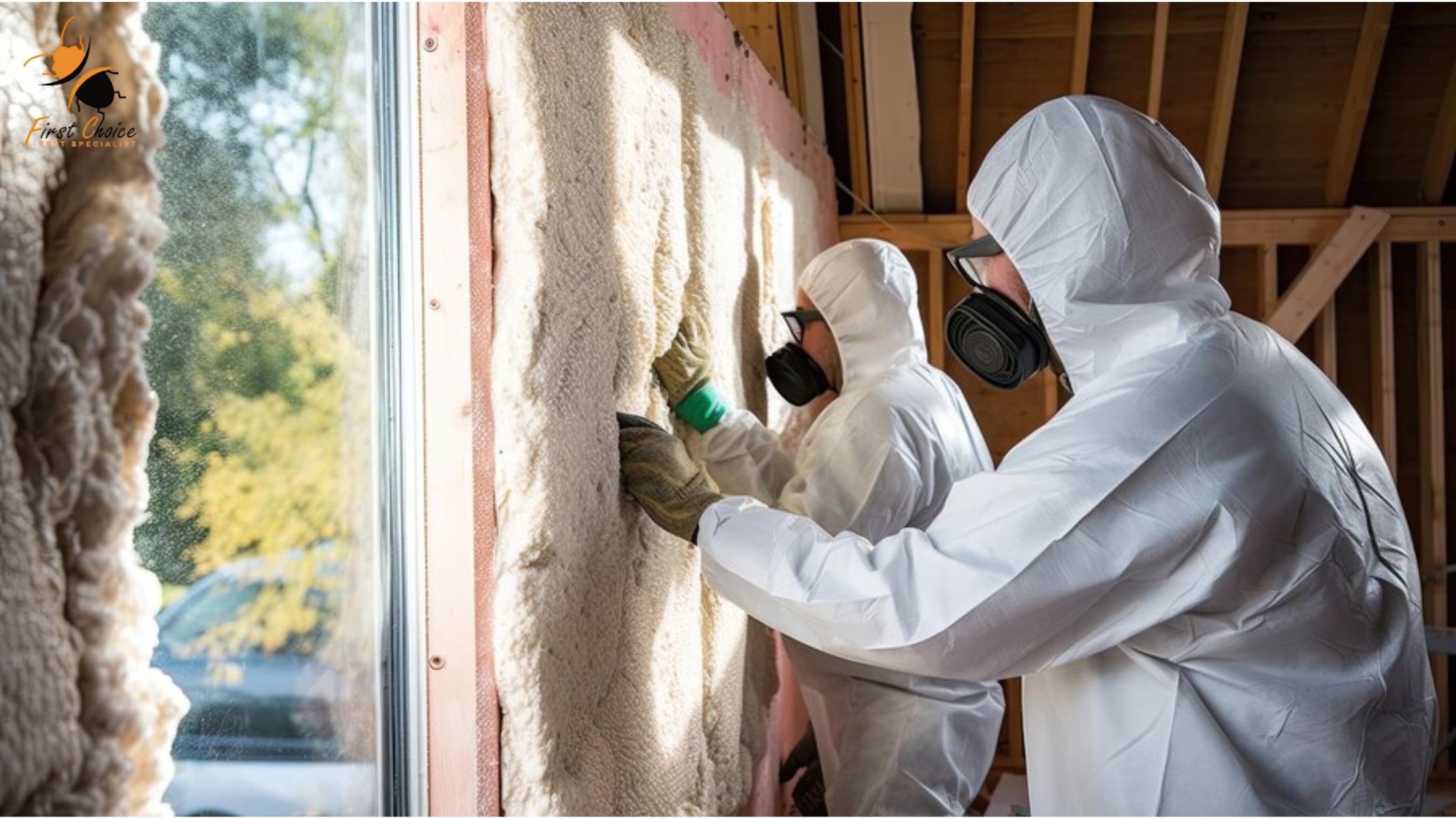Pre-Shipment Inspection Guidelines
A PSI, also known as pre-shipment inspection, is useful for safeguarding purchasers against expensive import hazards. Before the items are transported, it is used to ensure that the quantity, quality, and documentation meet the criteria of the purchasers.
A pre-shipment inspection service will find any flawed goods in a batch and guarantee that the goods satisfy the quality and security standards of the intended market. The relevant information is provided so that the lot can be accepted or rejected before shipping. To minimize customs issues, cut down on delays, and stop defective goods before reaching the consumer, products and documentation must be examined to determine conformity with requirements and therefore get PSI inspection services that will ensure the right quantity and quality of products that you have ordered are shipped to you such that you make revenue and not loss due to the unknown of the shipments.
Sampling is used as a guide for pre-shipment inspections. When the product is fully manufactured, and 80% of it is packaged for shipping, sampling takes place. This kind of inspection aims to examine a sample rather than the entire batch to judge the batch’s compliance with the given parameters. The third-party inspector selects the individual units for inspection at random, and the sample size is determined to be statistically proportional to the entire quantity. This quality inspection is the final chance to make the necessary corrections before delivery. When a product is found to be defective, it is either sorted or revised to ensure that only conforming products are supplied.
Pre-Shipment Inspection Guidelines
Pre-shipment inspections are becoming more common and necessary due to a deal to raise international trade standards, criteria and compliance under the General Agreement on Tariffs and Trade as revised by the World Trade Organization. A letter of credit may be accompanied by pre-shipment inspection services provided by a third party in international trade. When businesses work with global suppliers, a letter of credit is frequently established to safeguard the buyer’s financial interests by guaranteeing that the products are what was requested before the bank delivers the monies to the selling company.
Best Features of Pre-Shipment Inspection Services
To comply with the laid down regulations and maintain a positive brand image, it is imperative to guarantee the quality of the products being shipped. When it leaves the plant, the product has to be free of flaws and meet the buyer’s specified requirements for quality. A final random inspection is frequently included in businesses’ quality control procedures. Greater assurance and control are provided by having an inspector on-site at the manufacturer to check the purchase order with the actual products.
The third-party Pre-Shipment Inspection services have to be accessible in several nations and aid businesses in carrying out this verification effectively and independently. Textiles, footwear, furniture, electrical equipment, sporting goods, medical devices, electronics, eyewear, automobile parts, energy equipment, machinery, metal products, and construction materials are just a few industries where PSI solutions are offered to a diverse clientele.
The third-party inspection service uses the ANSI Z1.4-2008 (ANSI Sampling Table) standard to provide the number of units that will be arbitrarily chosen for evaluation.
Services such as Final Random Inspection quickly identify quality flaws. This stops goods with cosmetic or functional flaws from being sent to customers. Inspection data will guide interventions to enhance factory quality performance if inspectors notice a recurring pattern of the same problem.
Reports of the Pre-Shipment Inspection
Quality experts collaborate closely with customers to create thorough product standards that engineers utilize for testing purposes. Professional quality checkers know verification tests for t-shirts and solar panels differ significantly. Therefore they tailor the final random inspection checklist to account for these differences. They also make sure that they cover the essential components listed below:
- Quantity assurance
- The integrity of the packaging (ISTA 1A drop test)
- Evaluation of Visual Workmanship
- Functional, measurement, and assessment special testing
- Verification of labelling
- Reporting and documenting using images
The auditor classifies flaws into three groups: minor, major, and serious, after discovering them. The outcome of the inspection is either PASSED, PENDING or FAILED. Pre-Shipment Within 24 hours of completion, consumers receive inspection results. Each report includes an overview of the inspection results, an inspection result breakdown by category, and thorough inspection results with digital images and photos.
Several factors determine how frequently an inspection is undertaken, including:
- Supplier effectiveness
- Supplier background
- Information about product returns Internal evaluation comments
- Size of the Purchase Order Contracts
Conclusion:
A customer frequently lacks an in-person presence in the nation where their supplier conducts business. Ensuring the quality of products and supplier compliance can be challenging without a presence in the production nation. This may lead to a circumstance where the buyer is ultimately in charge and has no control. A third-party inspection organisation will provide qualified local engineers to guarantee product quality and stop the shipment of defective goods. When compared to employing internal resources, using third-party inspection organisations can frequently be more affordable and provide a quick reaction to any production and quality issues that may arise.



